Offered for sale is this
UNIQUE COLLECTION OF ORIGINAL SPECIMENS FOUND AT HISTORIC THIRD REICH PLACES
Stone, Metal, and Plastic of the Third Reich
On a recent trip of a lifetime to Germany, Poland, and the Czech Republic to visit sites made famous by the rise of National Socialism, the Second World War, and the Holocaust, I found myself collecting a number of specimens at places I visited. After returning home, I concluded that as all the artifacts I collected over the years have been contributed to a museum, the Dokumentationszentrum Reichsparteitagsgelände (Documentation Center of the Nazi Party Rally Grounds) in Nürnberg where they will be housed in their own galleries, the specimens from my trip should go to someone else who will appreciate their unique nature. It was an amazing trip, and I would be delighted to share any number of photos with the purchaser. I did try to provide photographic documentation of where each specimen was obtained and was successful in doing so in nearly all cases. Please do not mistake me for a person who harbors any Nazi sympathies for I most certainly do not. I am a student of history and teach this subject as an avocation as well as feel strongly that the past must be preserved with all its terrible events in order to inform future generations and thereby help avoid the barbaric mistakes of prior generations.
- Stones from the Foundation of the Platterhof Hotel Area Cabin, Berchtesgaden. Uphill from the Platterhof Hotel was a small rudimentary wooden cabin which Adolf Hitler rented to have solitude while working on the early stages of his book, Mein Kampf. My guide informed me that Hitler did not live in this cabin but stayed at the Platterhof Hotel during his early days in Berchtesgaden. I walked around and inside the cabin foundations, and the two stones included came from the interior at the closest point to the Platterhof below.
- Concrete Under the Front Stairway of the Berghof, Berchtesgaden. I spent a great deal of time in the Berghof area with my guide in order to understand in depth the layout of this house. I plotted out the length and width of the driveway, the location of the garage and famous terrace, and of course stood 6 or more meters below the area of the famous picture window to better appreciate the view from such window. The long stairway up to the Berghof front door is no more. I spent significant time looking for any evidence of the stone comprising the stairs without success. However, I did find pieces of the concrete underlayment below where the stone steps had once been and one such piece is included in this grouping.
- Bricks from the Mooslahnerkopf Tea House, Berchtesgaden. My guide and I made the largely downhill trek from the Berghof area to the famous Tea House on the Mooslahnerkopf hill. Most of the route remains the same as used by Hitler although greatly overgrown in parts and a few portions have been changed to accommodate certain post-War additions, such as a neighboring golf course. Very little is left of the Tea House. In fact, my guide informed me that not too long ago he found a crew there with a jack hammer breaking up the only remaining portion at that time, the front steps. I searched for remnants of these steps but did not find any. I did discover, however, that the Tea House was actually made of red brick and only looked gray in all photos since it was covered in concrete stucco. Included are several brick fragments of the Tea House from around the cylindrical section that contained the sitting area.
- Mooslahnerkopf Tea House Mortar or Stucco, Berchtesgaden. The small white specimen I picked up could have been mortar between the bricks or stucco applied to the exterior and interior walls. Perhaps a construction engineer would be able to discern the difference between the two and opine as to the precise nature of this specimen.
- Concrete from Kehlsteinhaus/Eagle’s Nest Veranda, Berchtesgaden. I know that these specimens came from the veranda of the Kehlsteinhaus/Eagle’s Nest but I failed to take any photographs to remind me of precisely where.
- Zeppelintribüne/Zeppelin Field Grandstand, Nürnberg. I had remarkable access to all aspects of each venue of the Rally Grounds in Nürnberg. Among the places I saw and have photos of is the Golden Hall, sometimes called the Golden Room, atop the main reviewing stand area at the Zepplinfeld. In this hall is placed one of the two huge urns which used to sit on the top of the raised stone bookends bracketing the Zeppelinhaupttribüne, which were originally about 20% taller than they are today. Apparently, no one knows why these stone edifices were decreased in height, although many other similar architectural changes were undertaken post-War. Such changes include the removal of the columns arrayed on both sides at the top level of the Tribune. It is said that such columns had become unstable, but I was informed on good authority that this was not the case. By the way, the other large urn is outside at the rear of the structure and is painted rather garish colors as it was used for a time as a splash pool for little children. The stone used in the entire Zepplinfeld arena, including the approximately 34 large, block-like structures arrayed around the perimeter of the field each topped with six flag poles, are made of a relatively soft stone, sandstone I was informed. Consequently, the stone deteriorates rather quickly and requires sections to be cut out and replaced. I could not find any crumbling portions yet to be cut out, so had to settle for a bit of mortar very close to the famous podium of the Grandstand. By the way, I was also informed that those 34 block-like structures were actually WCs for the party faithful.
- Ehrentempel/Honor Temple Stone, München. I wanted to see if I could find any remnants of the stairs at the rear of each Ehrentempel on Arcisstraße at the Königsplatz from which people would be able to ascend to the temple walkways. On the Führerbau/Führer Building side there was nothing left of any stairs. This is the same side where stood the Braunes Haus/Brown House on Brienner Straße, which was the NSDAP Headquarters in München and housed the Blutfahne/Blood Flag. The Brown House building was destroyed by Allied bombing and on this site now sits the Documentation Center for Munich. However, the Ehrentempel on the Verwaltungsgebäu/Administrative Building side had some parts of the stairs left which allowed me to partially ascend in order to peer into the bases of one of the Ehrentempels, which have essentially become huge, overgrown planters filled with dirt and containing alleged relatively exotic plants protected by law. Hence, Ehrentemple bases have remained although the superstructure of each was destroyed on 9 January 1947. The U.S. Army blew them up as part of the denazification program after the 16 sarcophagi of Nazi Old Fighters killed in the 8–9 November 1923 Beer Hall Putsch, officially then called the Marsch auf die Feldherrnhalle, were removed. There were a couple of stones in the way of the lens of my cell phone camera, so I reached over to remove one, so it no longer interfered, and was surprised to find that it looked to be of identical granite to both the bases of the temples and the remnants of the stairs. I do believe this specimen to be part of the original temple on that site since the only other significant granite removed from the Königsplatz area were the Nazi era granite pavers used in the Königsplatz itself when grassy lawns around the Propyläen Gate, the Glyptothek (archeological museum), and the Staatliche Antikensammlungen (art museum) were restored. Interestingly, I found in the Munich Museum a complete, undamaged example of one of the Königsplatz pavers. My cell phone photo of this paver does not do it justice as the pink hue of the stone is really quite evident when viewed in person. Recent research led me to understand that the pink comes from potassium feldspar plagioclase that gives the granite a distinctive pink color as opposed to other variants. The granite from the Ehrentempel area looks far grayer. Moreover, the paver granite is not nearly as thick.
- Metal Piece of the Führerbunker at the Wolfsshanze/Wolf’s Lair, Kętrzyn (formerly, Rastenburg), Poland (formerly, Ostpreussen). Standing in the remains of the Führerbunker, I happened to look down and saw something that did not resemble a rock or piece of concrete. Curious, I picked it up and saw that it was metal and had a slight curvature to it which leads me to believe that it might have been part of the plumbing for this bunker.
- Casino Floor Tile, at the Wolfsshanze/Wolf’s Lair, Kętrzyn (formerly, Rastenburg), Poland (formerly, Ostpreussen). The Casino building, located a stone’s throw from Hitler’s personal bunker, was essentially a mess building where Wehrmacht military personnel and the SS socialized and ate. I was informed that Hitler did frequent the Casino from time to time and held court there during is appearances. The floor tile allegedly came from the area of the Casino which housed the bathrooms.
- Rubble of the Herman Göring’s Bunker at the Wolfsshanze/Wolf’s Lair, Kętrzyn (formerly, Rastenburg), Poland (formerly, Ostpreussen). When it was concluded that each of the main bunkers afforded insufficient protection, a second bunker was constructed around each of them. As the Red Army approached the area, the SS blew up all the key structures. In Göring’s bunker it is quite easy to see the two poured concrete bunkers, one on top of the other with a space between. Interestingly, this space was filled with these dark stone chips. No one there knew the purpose of such chips, so perhaps someone with a structural engineering degree might be able to address this curiosity.
- Artificial Trees at the Wolfsshanze/Wolf’s Lair, Kętrzyn (formerly, Rastenburg), Poland (formerly, Ostpreussen). The Wolfsschanze was placed intentionally in a densely wooded area which would greatly diminish discovery by Soviet overflights. To enhance the camouflage, artificial trees were constructed, many of which were affixed to the tops of the various bunkers. The artificial tree trunks were made largely of wood with branches adorned with plastic foliage. A guide gave me a couple of clumps of this artificial foliage, and it remains in the baggie imprinted with Polish words in which I received it.
Please add $85.00 for domestic shipping and $200.00 for international shipping worldwide.
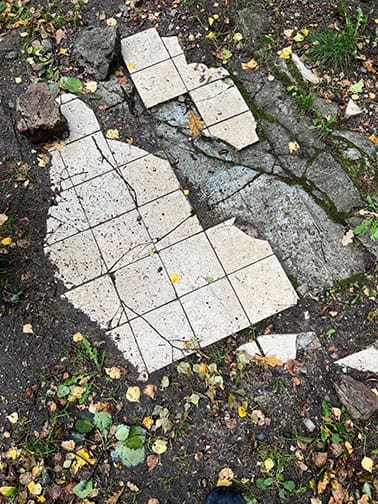

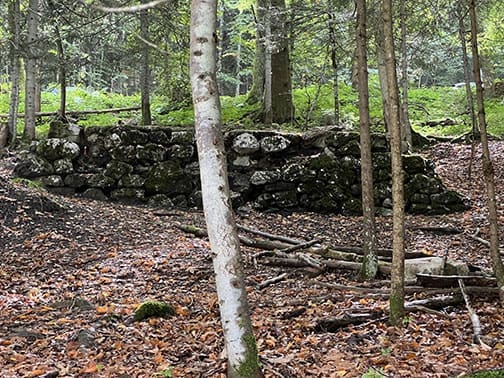

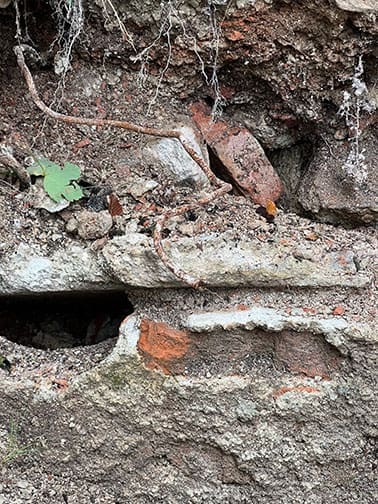
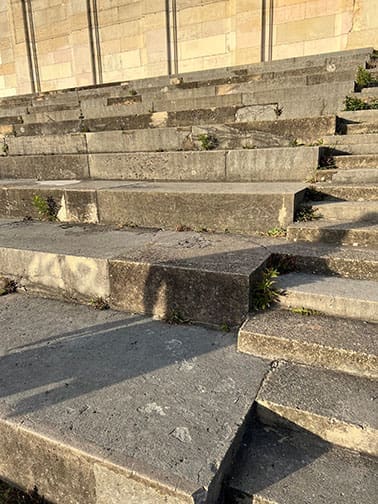
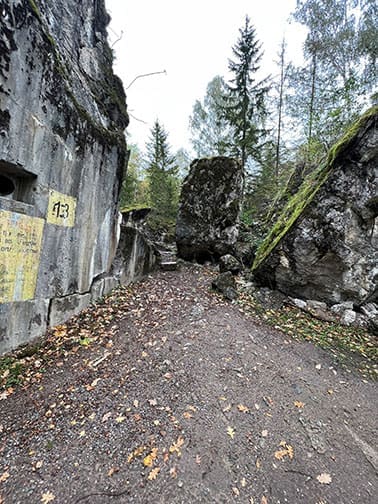
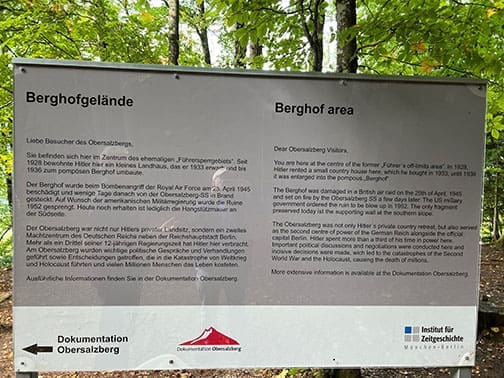
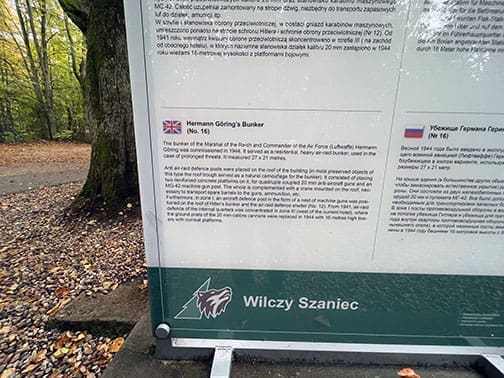


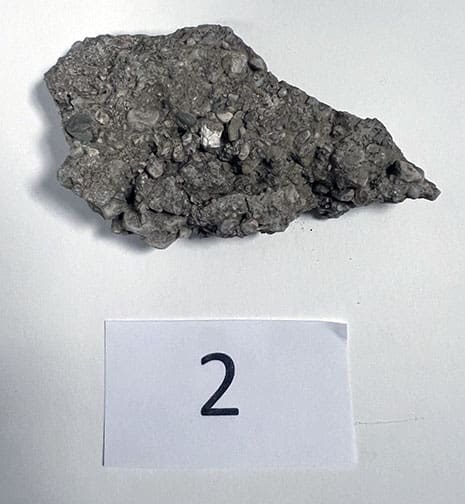



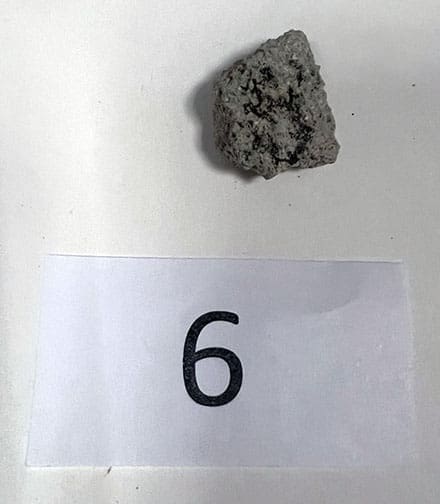
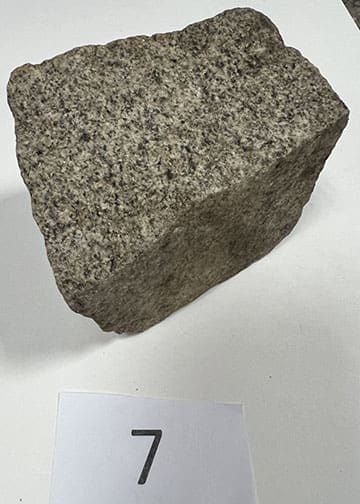


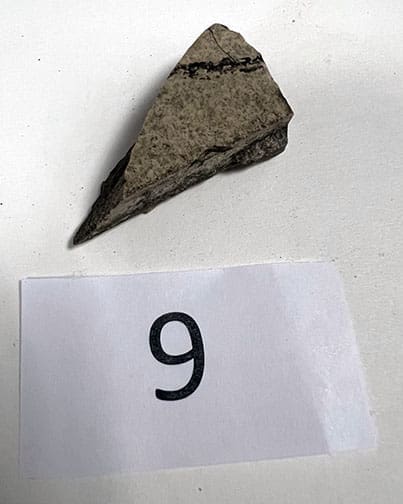
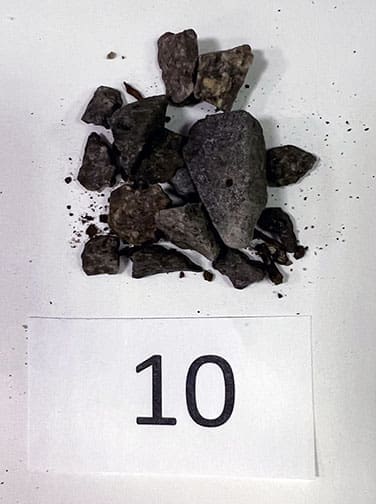

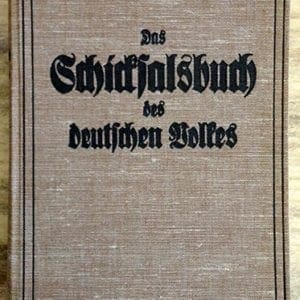
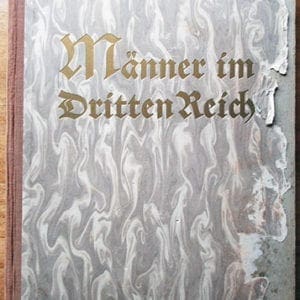


Reviews
There are no reviews yet.